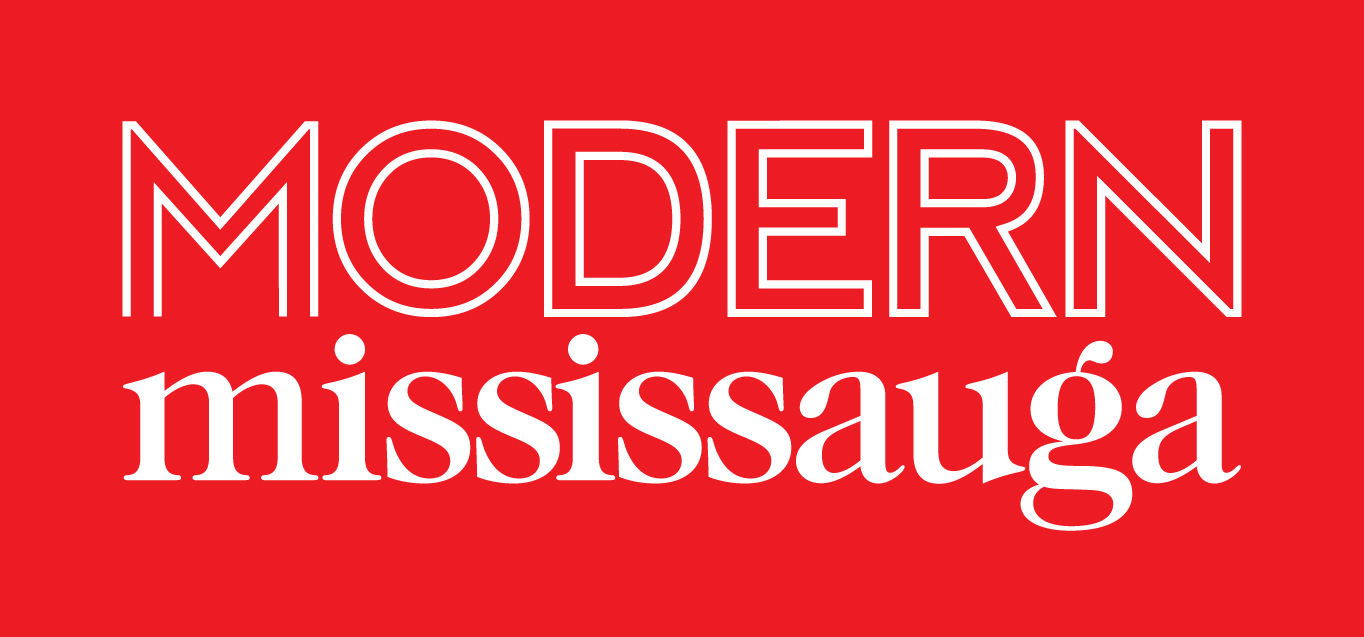The history of Mississauga's Streetsville Memorial Cemetery
/In the early years of settlement in Streetsville the community lacked a formal cemetery. Timothy Street sought to rectify this situation and on February 24, 1824, he donated part of his land to the Presbyterian congregation for use as a burying ground for all Protestant denominations and for a church. The first trustees were James Glendenning, Malcolm McKinnon, John Barnhart, James Paterson, and Ebenezer Farnsworth.
Original St Andrew's Presbyterian Church in the cemetery, c1865
The Presbyterian congregation erected a new church within the cemetery grounds, under the direction of John Sibbald. Early ministers included reverends Andrew Bell, William Rintoul, Robert Ure, Alexander McKay, and James Breckinridge, amongst others. In time the cemetery became known as the Scotch Burying Ground.
A new church, St. Andrew’s Presbyterian Church, was built immediately north of the cemetery in 1867-1868. In 1890, with diminishing space, the cemetery was officially closed, and a new public cemetery opened on the opposite side of the river. According to known records, there are approximately 500 burials in this cemetery, and surviving stones account for 293 of these burials. On June 28, 1959, the cemetery was re-dedicated as the Memorial Park Cemetery. It is also referred to as the St. Andrew’s Presbyterian Cemetery and the Scotch Burying Ground. Today it is known as Streetsville Memorial Cemetery.
The first burial recorded in the cemetery took place on April 10, 1824, and was that of Lachlan McLachlan, a young Scottish man who worked as a driver floating staves down the Credit River and lost his life in the river while freeing a log jam. When his body was being prepared for burial, a locket with a picture of a young girl was around his neck. Lachlan had been a shepherd in the Highlands of Scotland, and she had been the daughter of a forester on the Estate of the Duke of Montrose. It is said that the locket and letters from this girl were buried with him. The oldest surviving gravestone in the cemetery is that of John Douglass, who died on March 13, 1825.
Streetsville Memorial Cemetery Gateway
Some of those interred in the cemetery played an important role in Streetsville’s history. They include the first settling family in the Streetsville area, Margaret and James Glendinning; an early entrepreneurial leader in the village and storekeeper in John Embleton; mill-owner John Beaty; and prominent early settlers Jane and Isaac Askin and Isaac Weylie, amongst others. Other burials include Streetsville’s first resident doctor, Dr. John Crumbie; a member of the notorious “Town Line Blazers” in Henry Cole; and several from the prosperous Hyde family, who for many years operated a commercial empire in Streetsville which consisted of the Ontario Flour Mills, stave factory, cooperage, sawmill, a general store called the “Ontario Warehouse”, and the 3-storey Reciprocity Hotel. Also, Memorial Cemetery is the final resting place of Timothy Street, Streetsville’s founder, his wife Abigail, and many of their children.
Streetsville Memorial Cemetery with St Andrew's Presbyterian Church in background
Several veterans of the War of 1812 were also buried in this historic cemetery. Timothy Street’s eldest son, Hiram Street (1801-1834), while underage for official militia duty, is said to have volunteered as a Private in the 1st Regiment of Lincoln Militia during the war. John King (c1784-1844), a Private in the 1st Flank Company of the 2nd Regiment of York Militia, is buried here. He was present at the capture of Detroit and the Battle of Queenston Heights in 1812. William Oliver (1774-1852) volunteered as a Private in the Embodied Militia with the 5th Regiment of Lincoln Militia during the war and was engaged with the wagon department of the Commissariat. William, a farmer, resettled near the Streetsville area in 1820. Also buried here is Richard Caslor (1774-1870), an American militiaman who volunteered with the Herkimer County Militia in New York. The New York Militia was involved in several battles and skirmishes along the Niagara frontier throughout the war. Richard resettled in Streetsville in 1822.
A bench, plaque and tree in remembrance of Mary Manning, a well-known local author and historian, have been placed in the cemetery. Mary was born in 1919 and lived in Streetsville for most of her life. Mary recorded many aspects of Streetsville’s history and was a founding member of the Streetsville Historical Society. A decorative brick gateway to the cemetery was installed in 1984 utilizing brick from the demolished Solomon Barnhart house.
Streetsville Memorial Cemetery
The cemetery is now cared for by the City of Mississauga. In 2020 a new columbarium was added to the historic cemetery, allowing the cemetery to add more stories and memories in the years to come. The columbarium is located near to where the entrance of the original church once stood. Truly and respectfully, cemeteries never die. A walk through Streetsville Memorial Cemetery is truly like walking in the footsteps of the past.
Heritage Mississauga is excited to bring back our 21st annual Haunted Mississauga heritage tour on Saturday, October 22, 2022, at Streetsville Memorial Cemetery (299 Queen Street South). Guests will take part in a guided tour with in-person actors portraying people and times from Streetsville’s past. It is a fun, informative and interactive evening. Tours begin at 7 pm and each tour last approximately 45 minutes. Space is limited. Tickets are available at:
https://www.eventbrite.ca/e/haunted-mississauga-heritage-tour-tickets-433102750987
Timothy Street gravestone, Streetsville Memorial Cemetery















